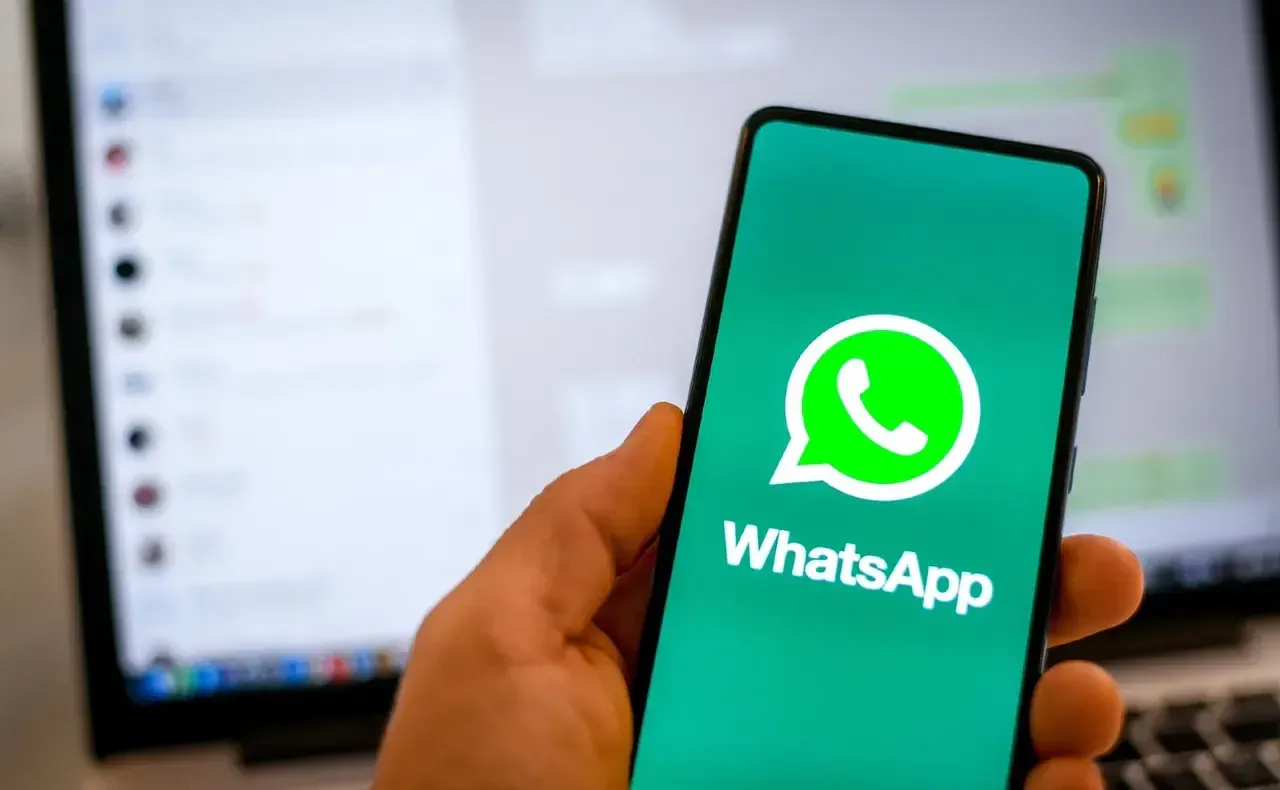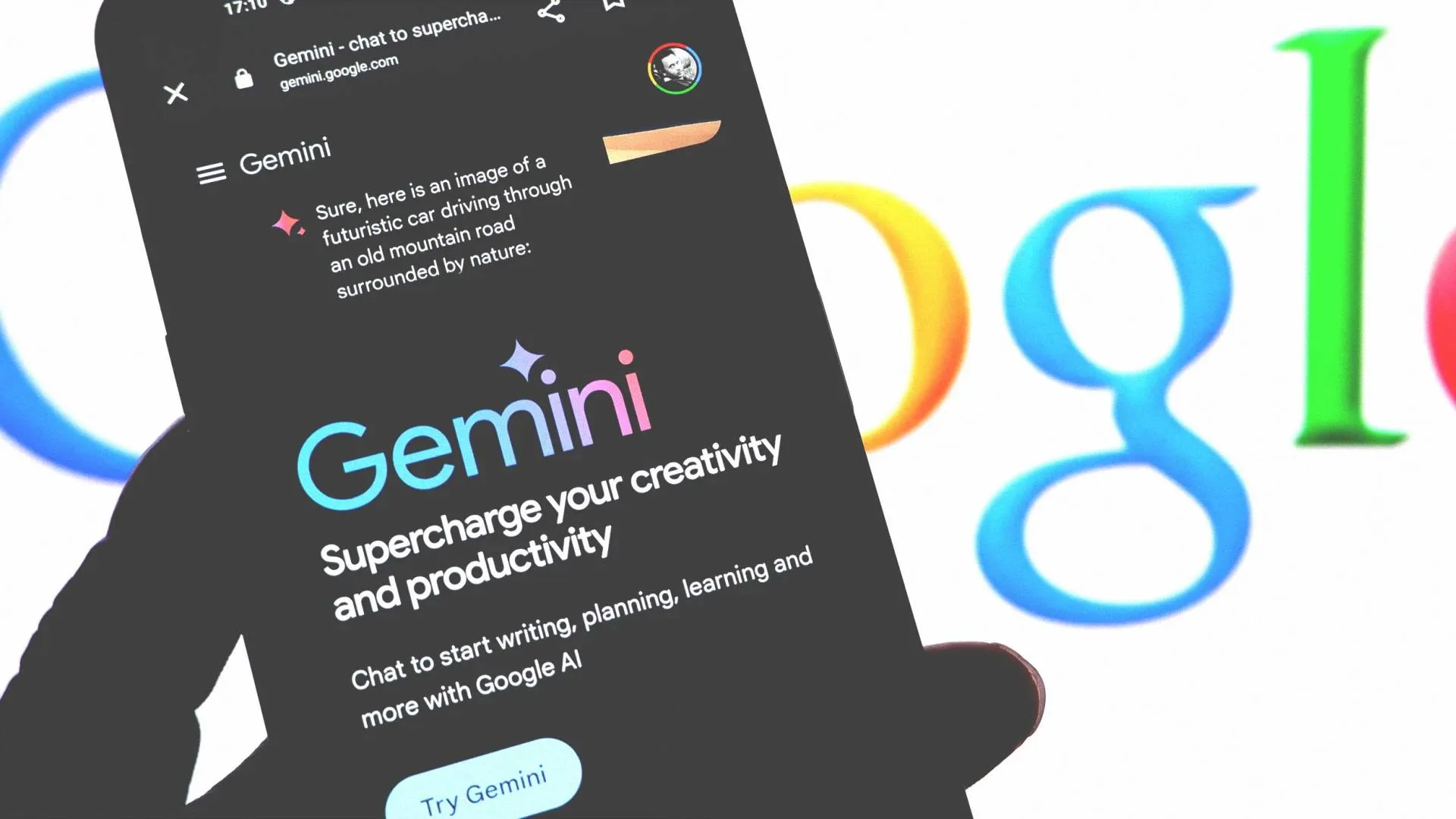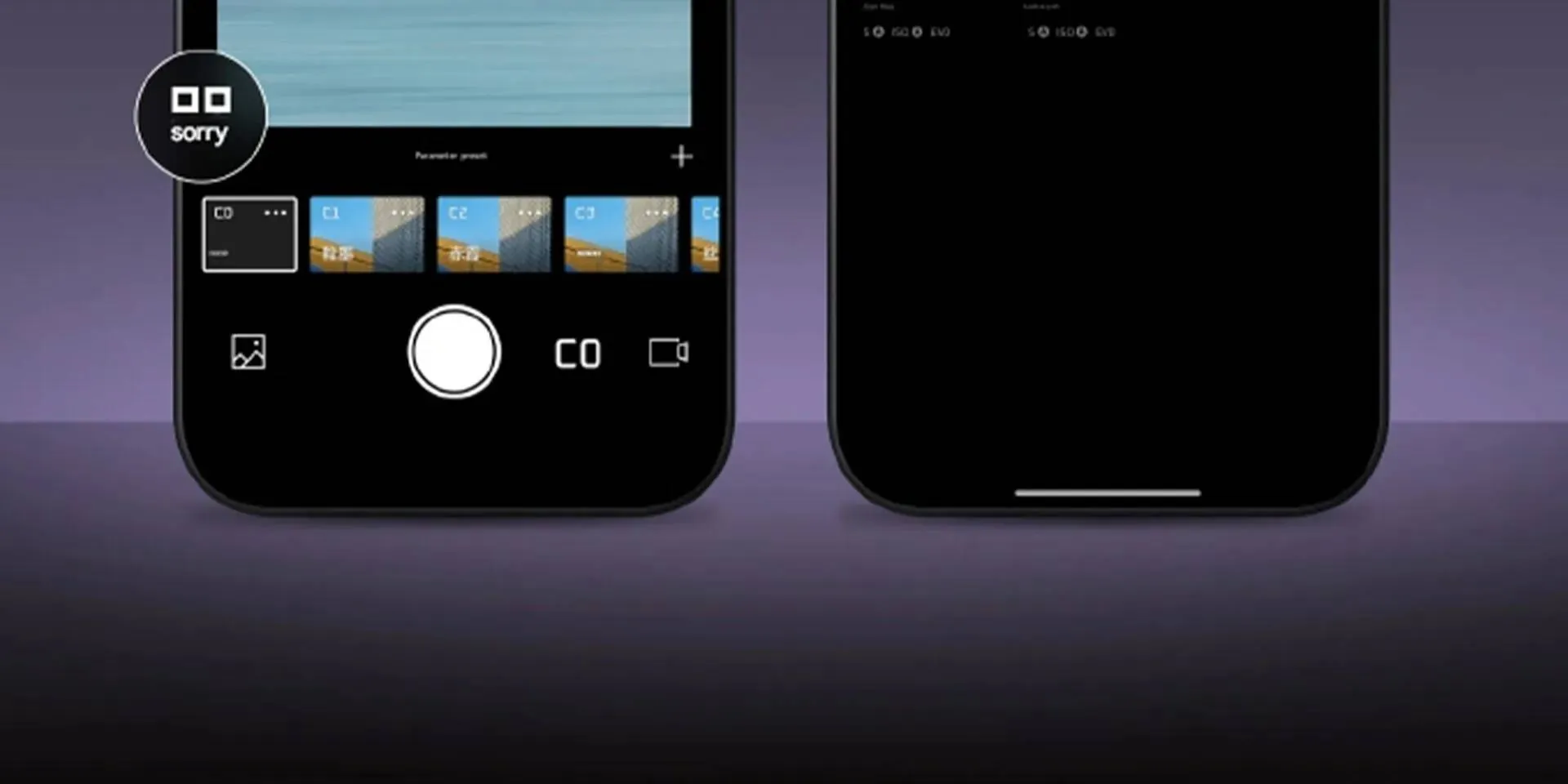
Samsung recently released its latest flagships in the form of Galaxy S23, S23+, and S23 Ultra. The trio of smartphones brings some of the best specifications that the brand can offer. They may not bring the most impressive numbers, but we can't deny that there is a high level of technology employed. These phones have been in development for a long time and had the involvement of many of Samsung's arms across the world. As per a new report, the Samsung R&D center in India worked closely with the teams in South-Korean to develop some of the Samsung Galaxy S23 series features.
Samsung's Indian arm brought some features to the Samsung Galaxy S23 series
The Indian arm worked along with the Korean arm to introduce some neat features to One UI. These features arrived with the Samsung Galaxy S23 and One UI 5.1. As per the report, the SRI-N (India Center) worked to create features like the Galaxy to Share app for the Good Lock suite. Moreover, it brought the multi-timer feature, Bedtime alarm, and the Direct Dial 4x1 home screen widget.

In addition to that, the engineers improved some health features for the Samsung Galaxy S23 series. For instance, they've improved the Sleep Tracker Widget and the Water Tracker. The Body Composition monitor, Cycle tracker, and heart rate all got improvements. In the end, the Samsung Health app received a ton of improvements to enhance the user experience. Further, the SRI-N engineers improved the safety features. They've created the Emergency SOS and Emergency Sharing feature. It allows the Samsung Galaxy S23 users to press the side button three times to send emergency alerts. That will send messages with their location and a short video recording.
Of course, these features are not unique to the Samsung Galaxy S23 series. However, SRI-N helped to implement them in these devices. It certainly is an interesting advancement for the Indian arm. It shows that Samsung not only relies on its homeland, and has the development of flagships split across multiple regions and workforces.
Popular News
Latest News
Loading






